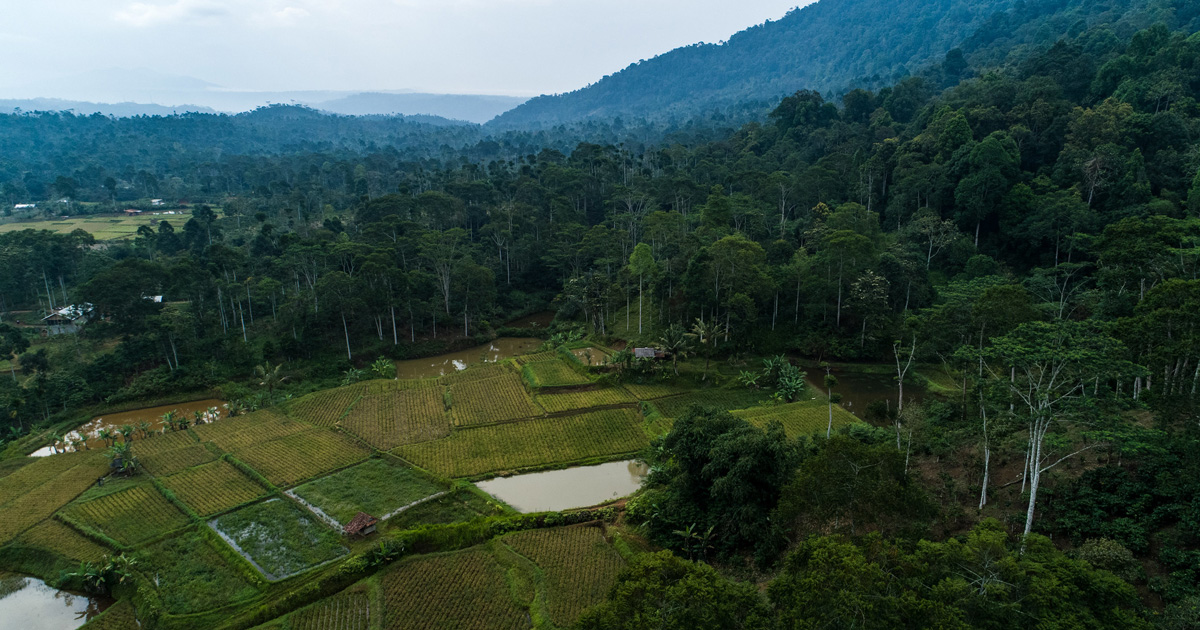Relevant components of the carbon budget such as methane fluxes and porewater dissolved organic carbon (DOC) are poorly characterized in the Peruvian Pastaza Marañon basin (PMB). PMB is associated with a tropospheric hotspot for methane and therefore it may represent a significant methane source. We aimed to quantify the magnitude of CH4 fluxes and porewater DOC; and to determine their predictors across different peatland types in the PMB (open peatland, palm swamp, and pole forest). The study was conducted in two peatland sites covering the three main vegetation types in PMB. We collected gas and water samples using chamber-based techniques and closed piezometers (respectively), covering the entire dry season and the early wet season. We characterized the vegetation, the dissolved and solid peat (spectral indices and FTIR, respectively) and measured ancillary variables such as temperature, water table depth and pneumatophore density. Annual methane fluxes from the PMB were 25.5 ± 1.9 g CH4 m-2 yr-1 and average porewater DOC concentration was 33.1 ± 0.9 mg L-1. Fluxes were related to plant type (greater in sedges) in open peatlands, pneumatophore density, and air temperature. In contrast, DOC was related to vegetation type (greater in treed peatlands), and peat temperature. Pneumatophore density influenced both methane and DOC dynamics. Our data show much higher methane emissions in peatlands of PMB compared with SE Asian peatlands. Our annual rough estimation (no data from wet season) of CH4 emissions for the entire basin (0.9 ± 0.1 Tg CH4 yr-1) will help to fill the existing discrepancy between bottom-up and top-down CH4 flux estimations. More research is needed to identify other CH4 sources such as palm-mediated emissions and to evaluate waterborne DOC losses in the PMB.
Download:
DOI:
https://doi.org/10.37099/mtu.dc.etdr/494
Altmetric score:
Dimensions Citation Count:

























